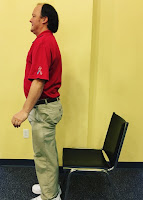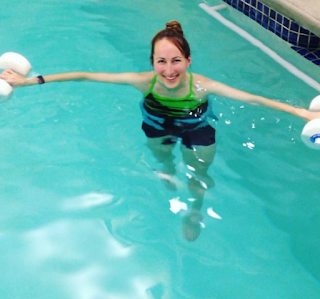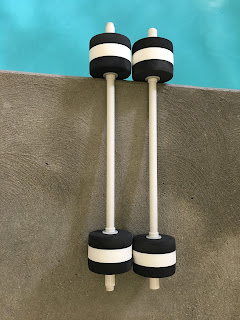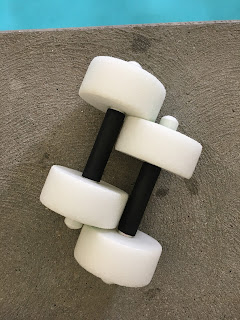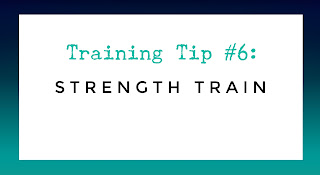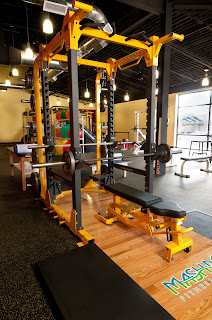Hot Dog Day was July 19th, October 4th is Random Acts of Poetry Day, October 9th is National Fire Prevention Day and September 22nd is Falls Prevention
Awareness Day!
Some are more important
than others. Preventing falls should be
high on the list. There are some
alarming statistics related to falling:
than others. Preventing falls should be
high on the list. There are some
alarming statistics related to falling:
- One in four Americans 65 and older fall each year,
- Annually 37.3 million
falls require hospitalization, - And an estimated annual cost of $67.7 billion
due to fall injuries by 2020.
Fortunately one of the best strategies for preventing falls is
exercise.
exercise.
A simple but highly effective
exercise to maintain or improve balance only requires a chair. At the surface the sit to stand exercise
seems very basic and possibly easy for some (until you do multiple repetitions
in a set).
exercise to maintain or improve balance only requires a chair. At the surface the sit to stand exercise
seems very basic and possibly easy for some (until you do multiple repetitions
in a set).
Begin sitting upright with your feet flat on the ground underneath
your knees. Move your shoulders and head over your toes, bring your knees
forward, and allow your hips to come of the chair, then push down equally into
both feet to stand up. Sit back down and repeat.
your knees. Move your shoulders and head over your toes, bring your knees
forward, and allow your hips to come of the chair, then push down equally into
both feet to stand up. Sit back down and repeat.
Tip: Make sure to keep your weight evenly distributed between both
legs, and try to keep your back straight throughout the exercise. Do not lock
out your knees once you are standing.
legs, and try to keep your back straight throughout the exercise. Do not lock
out your knees once you are standing.
What makes this exercise one of the top choices for improving
balance and preventing falls, to start it is functional. Think about how many times you have to get up
and down from a chair throughout your day.
Often standing up from a chair people feel unsteady and need to take a
moment to ready themselves before walking.
Practicing this exercise will not only improve your leg strength which
will make the act of getting up and down easier but it will also give you
confidence that once you are standing you will be able to move. The sit to stand exercise requires minimal
equipment, all you need is a chair! It can be executed in a safe manner and
modifications can be made to make it more or less challenging. The use of arm
rests on a chair to assist in standing is one modification that can be used to
make the exercise easier. If you have
difficulty with your balance once you are standing try placing your chair near
a counter so you have support in front of you once you are on your feet.
balance and preventing falls, to start it is functional. Think about how many times you have to get up
and down from a chair throughout your day.
Often standing up from a chair people feel unsteady and need to take a
moment to ready themselves before walking.
Practicing this exercise will not only improve your leg strength which
will make the act of getting up and down easier but it will also give you
confidence that once you are standing you will be able to move. The sit to stand exercise requires minimal
equipment, all you need is a chair! It can be executed in a safe manner and
modifications can be made to make it more or less challenging. The use of arm
rests on a chair to assist in standing is one modification that can be used to
make the exercise easier. If you have
difficulty with your balance once you are standing try placing your chair near
a counter so you have support in front of you once you are on your feet.
Start with trying to build your repetitions gradually up to a set
of 10. Once you are able to achieve this
goal you can add multiple sets throughout your day. One simple way to sneak in some extra reps is
to stand up and sit down twice when getting out of a chair!
of 10. Once you are able to achieve this
goal you can add multiple sets throughout your day. One simple way to sneak in some extra reps is
to stand up and sit down twice when getting out of a chair!
Blog
post by Eric Chandler.
post by Eric Chandler.


